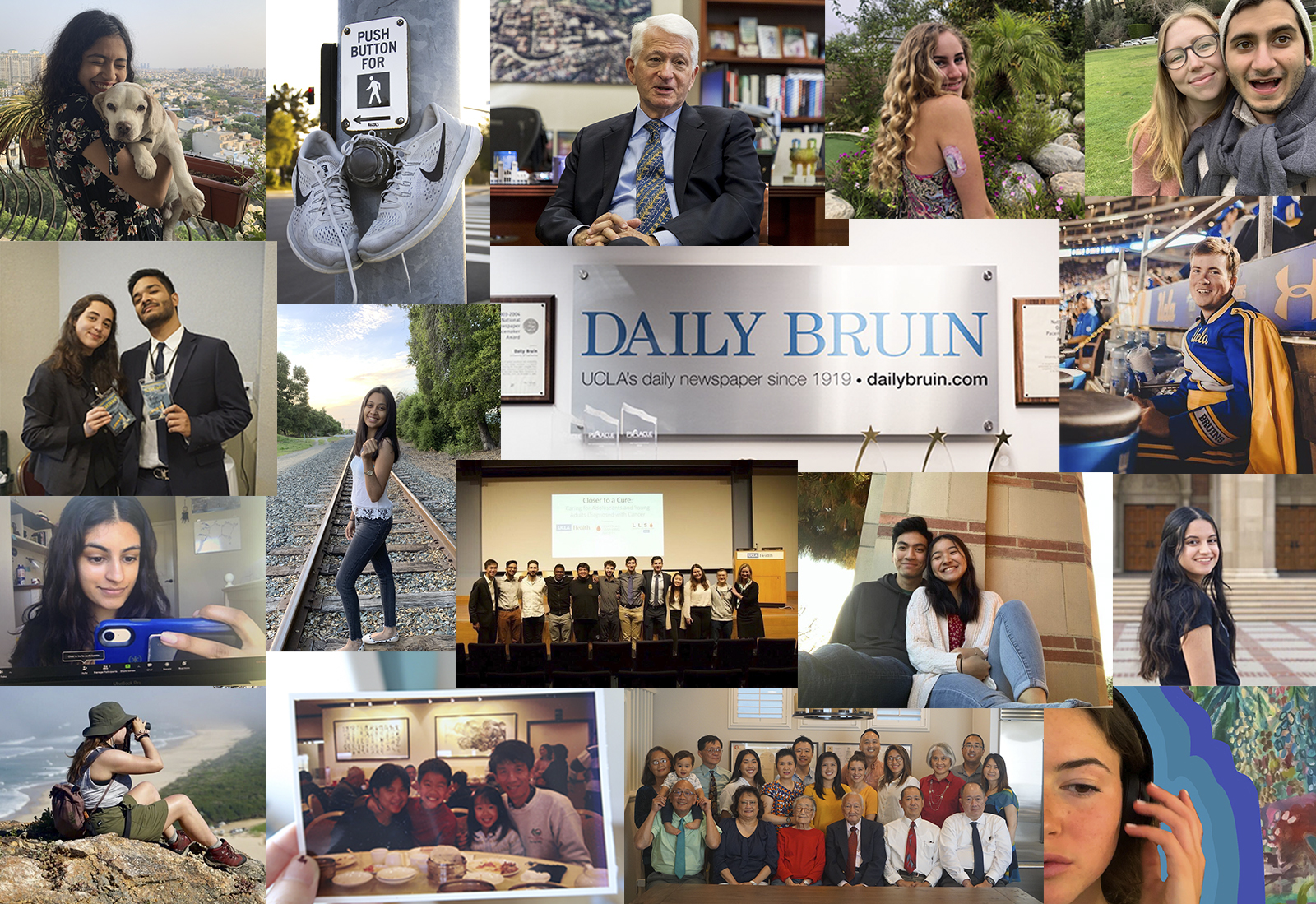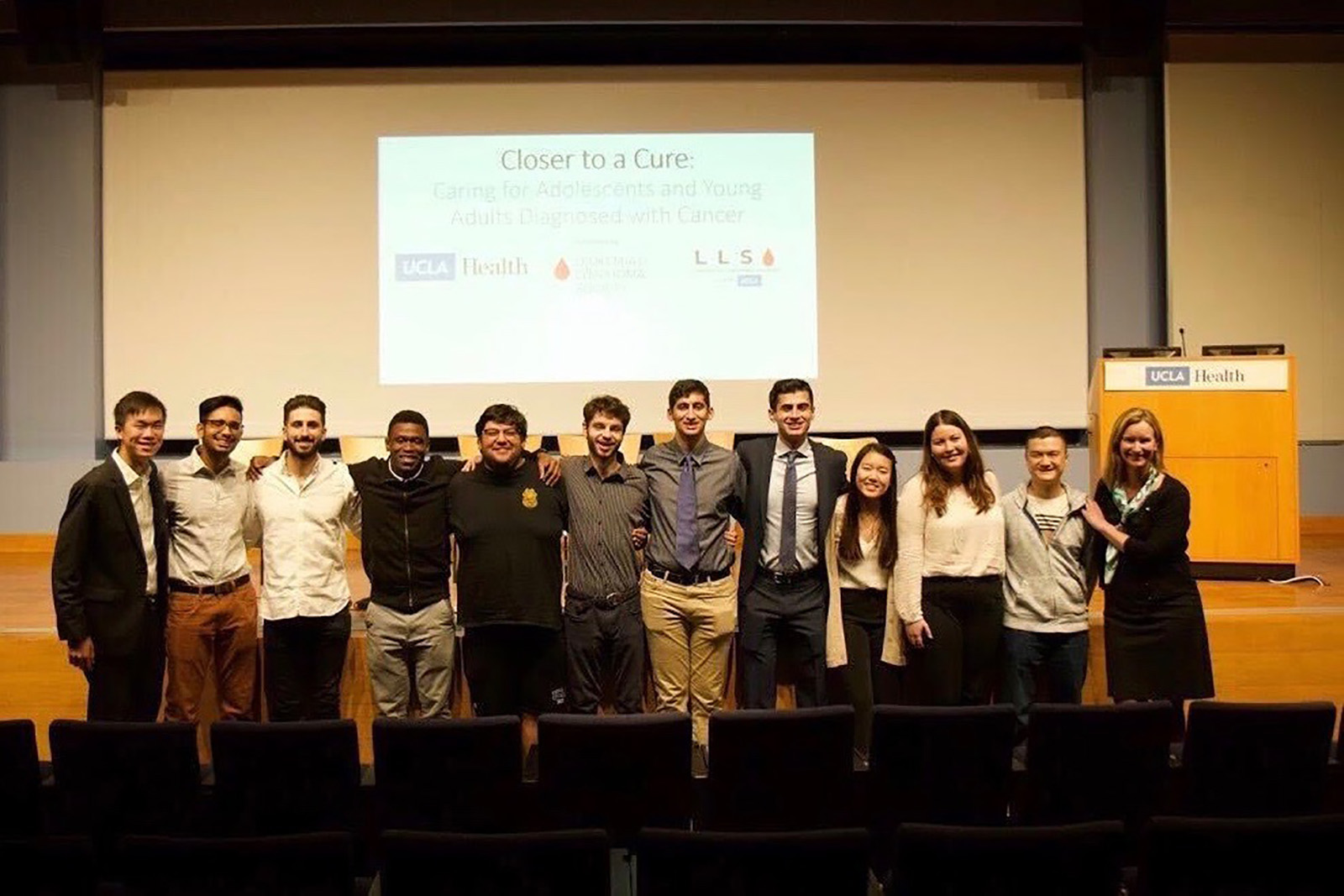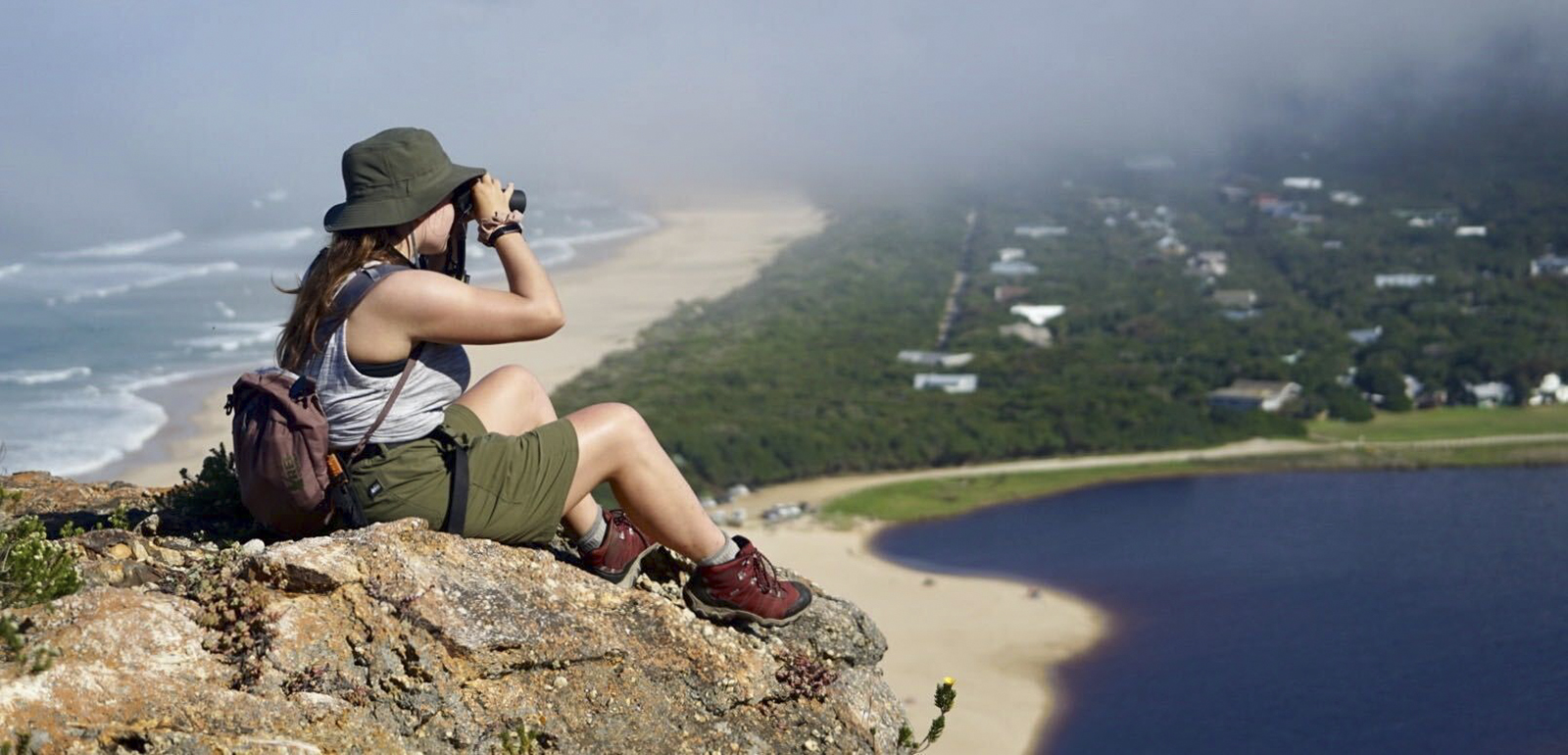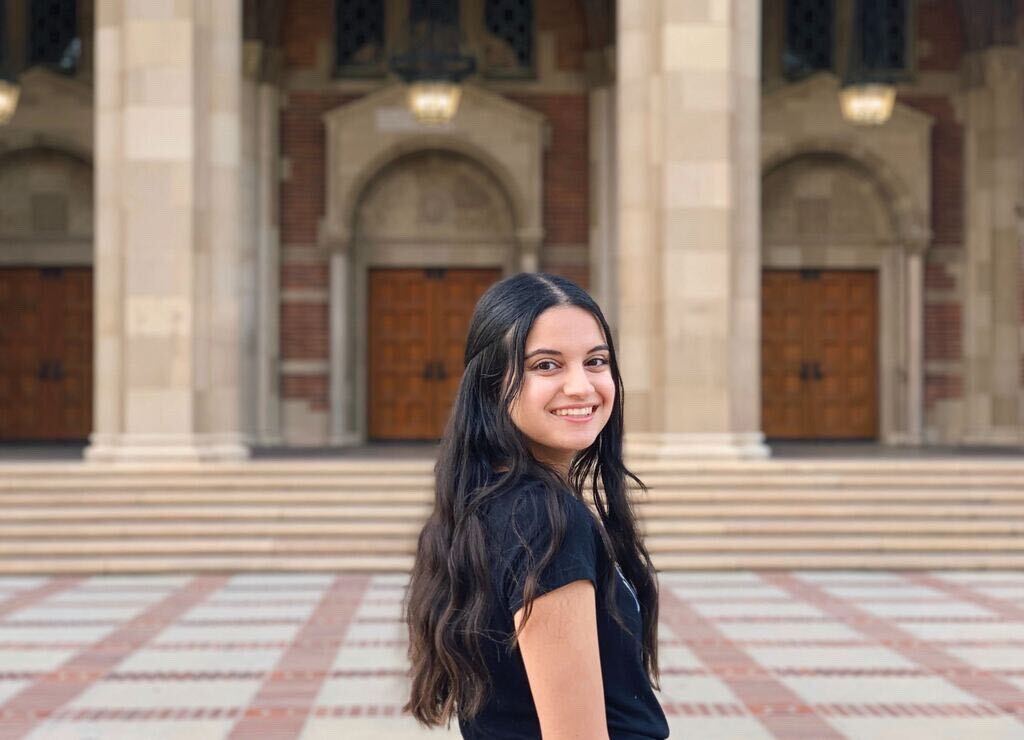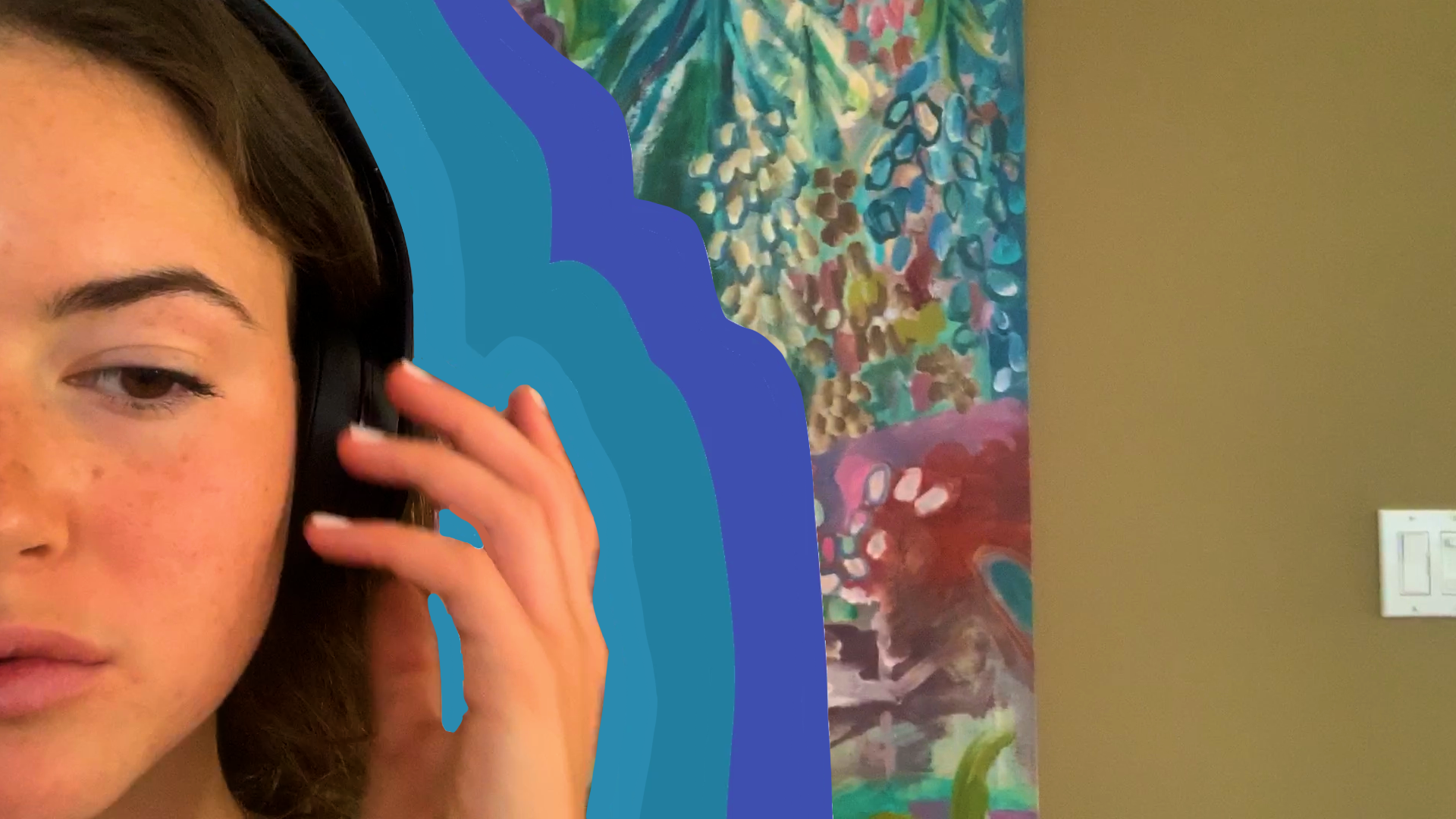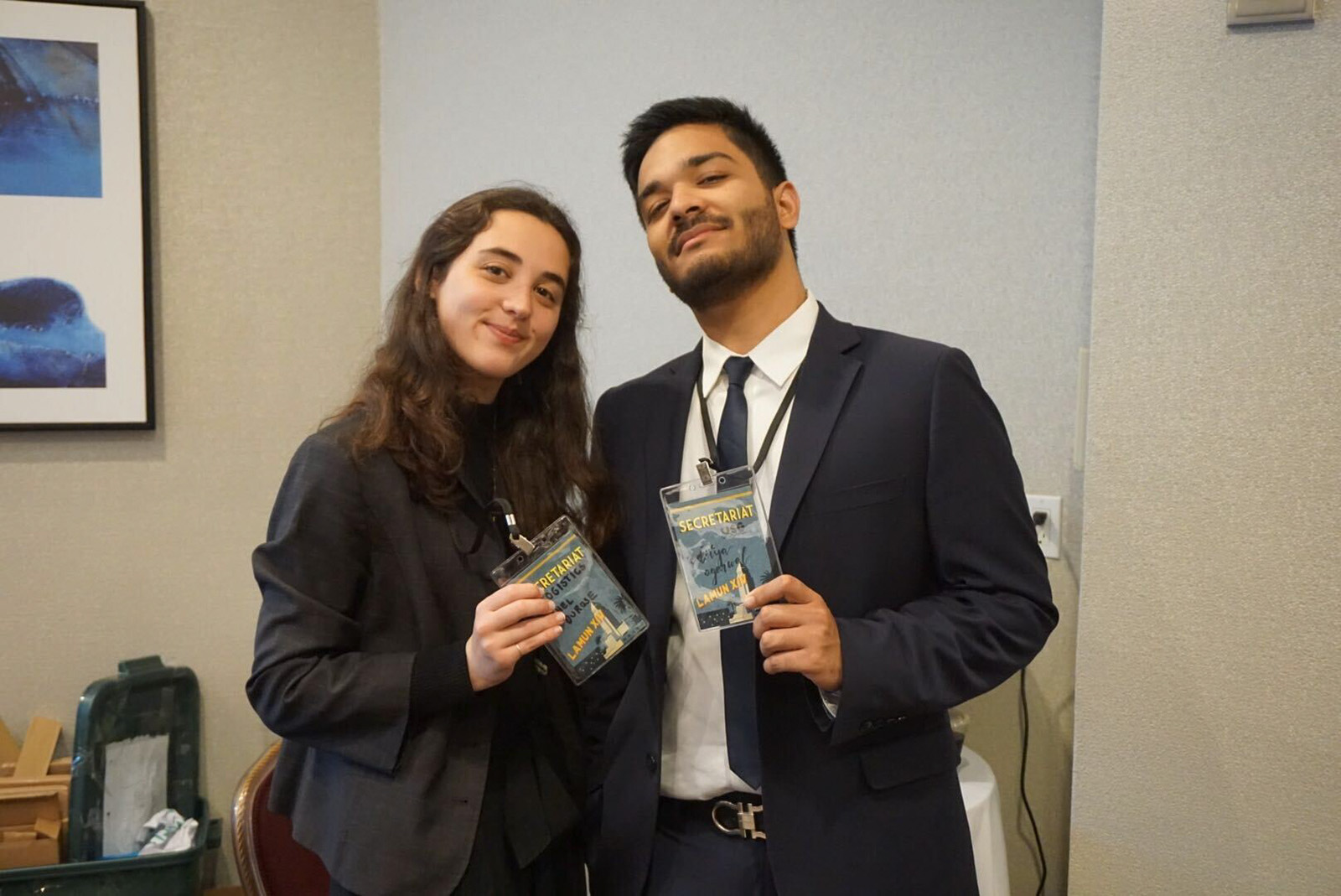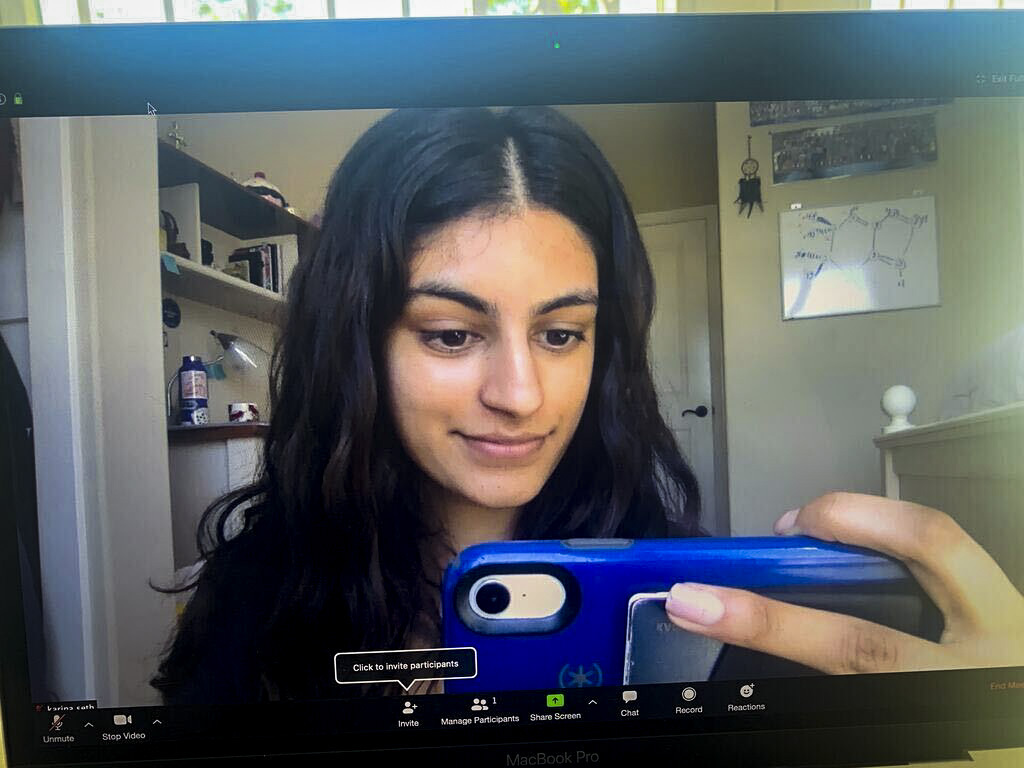Opinion columnist Sophia Kloster details her struggles with living through the COVID-19 pandemic as a Type 1 diabetic. (courtesy of Sophia Kloster)
By Sophia Kloster
June 21, 2020 at 5:36 p.m.
The coronavirus pandemic has drastically upended life in the most unforeseeable ways. At UCLA, our community is remarkably united by similar feelings of loss, confusion and concern, but also by light, hope and the perspective that the pandemic has brought to the forefront. In “Columns From Quarantine,” Daily Bruin staffers and community submissions highlight the personal stories that mark this unprecedented moment. If you have a quarantine story to tell, you can submit it here or email [email protected].
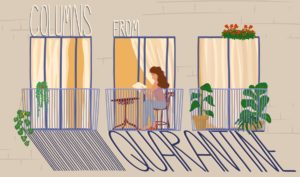
The descriptor “insulin-dependent” always bothered me.
True, as a Type 1 diabetic, I am dependent on insulin to live, which means I have to put countless contraptions on my body and prick my fingers daily. The idea of this dependency always makes me feel so fragile – it reminds me that my whole existence hinges on minuscule amounts of clear liquid in my daily injections.
But being diabetic during a pandemic is a whole new level of fragility.
As a Type 1 diabetic, I do not have a higher chance of contracting COVID-19. However, if I do catch it, my chances of hospitalization, complication and death are significantly higher than a person without Type 1 diabetes. Clearly the pandemic places myself, along with immunocompromised people around the globe, in a precarious position.
Which is why it frustrates me to see so many people forgoing the necessary precautions for slowing the spread of the virus.
Over the past few months, I have observed many friends and acquaintances carelessly breaking social distancing guidelines to hang out in groups and even throw parties. The reopening of beaches and restaurants expedited, if not encouraged, this process. And now that states are beginning to ease safety restrictions despite the growing number of coronavirus cases, it is clear the safety of immunocompromised groups is not a priority. Arguably, this easing of restrictions has only undermined efforts to contain the virus, and, in the process, placed the health of millions at risk.
I understand the vast majority of people who don’t follow social distancing guidelines have no malice in their intentions. But what many of them fail to understand is by disobeying public health measures, they are not only putting their own health on the line, but also that of the public – and especially that of the immunocompromised.
By carrying on with life as normal, even those who are not at risk for the virus could easily become carriers and expose everyone they come in contact with. In other words, they could carry COVID-19 to places where those in at-risk demographics, like myself, may be exposed to it. As the virus spreads, the more overwhelmed our health care systems will become and the more threatening the virus will be to healthy and immunocompromised people alike.
As someone who is immunocompromised, even the most “essential” activities are off limits to me. I am speaking from a place of immense privilege – I do not have to go to the grocery store or work an essential job because of the support I receive from my family. But at the same time, even the few activities people can justify leaving the house for nowadays are incredibly sparse for the immunocompromised, which only maximizes symptoms of cabin fever.
The recent Black Lives Matter protests have also added a complicated element to quarantine. Large gatherings of people, like the protests, foster obvious risks of spreading the virus. But with a movement that is a matter of life or death for Black people in America, protests are as essential of an activity as any. Beyond any fear I have over protests spreading the virus, sitting out of even small protests within my town adds a sense of political powerlessness along with cabin fever.
By staying inside every day, routinely giving myself injections and changing my blood glucose monitor site, I have started to feel the same sense of unfairness that I have long since managed to suppress since coming to terms with my chronic illness.
When I was younger, I constantly asked myself why I had to do all of these painful chores just to keep my body functioning. I remember thinking around the age of 11 or 12 that it was unfair I had to do so much to maintain my health when none of my friends had to deal with anything remotely similar.
The pandemic is reviving those all too familiar feelings of unfairness within me – but instead, I now wonder why I have to stay inside, all the while taking my injections and wearing my blood glucose monitor, when my friends have the choice and privilege to break quarantine on a whim without any serious consequences.
Am I angry at those who are defying safety guidelines, or am I just jealous? And can I really blame those who simply want to see their friends or sit in a restaurant? I would love to invite friends over or walk around a shopping mall right now, and I never thought I would get mad at others for doing just that.
Regardless, as much as I fantasize about leaving the house right now and going back to life as we once knew it, the mere thought of being in a public space scares me. The closest I have gotten to people other than my immediate family since coming home from UCLA is seeing individual friends in outside spaces over 6 feet apart.
But even those interactions made me anxious.
Maybe it is my own paranoia or maybe it is valid fear, but as the pandemic persists I am unsure when I will feel comfortable somewhere as populated as Los Angeles again. Will I be able to return to a dorm on the Hill anytime next year? Will I feel safe in a crowded lecture hall?
I never thought I would say this, but I cannot wait to be bombarded with flyers on Bruin Walk again, whenever that time may come.
Sophia Kloster is a second-year English student from Moorpark, California, and is an Opinion columnist for the Daily Bruin.

